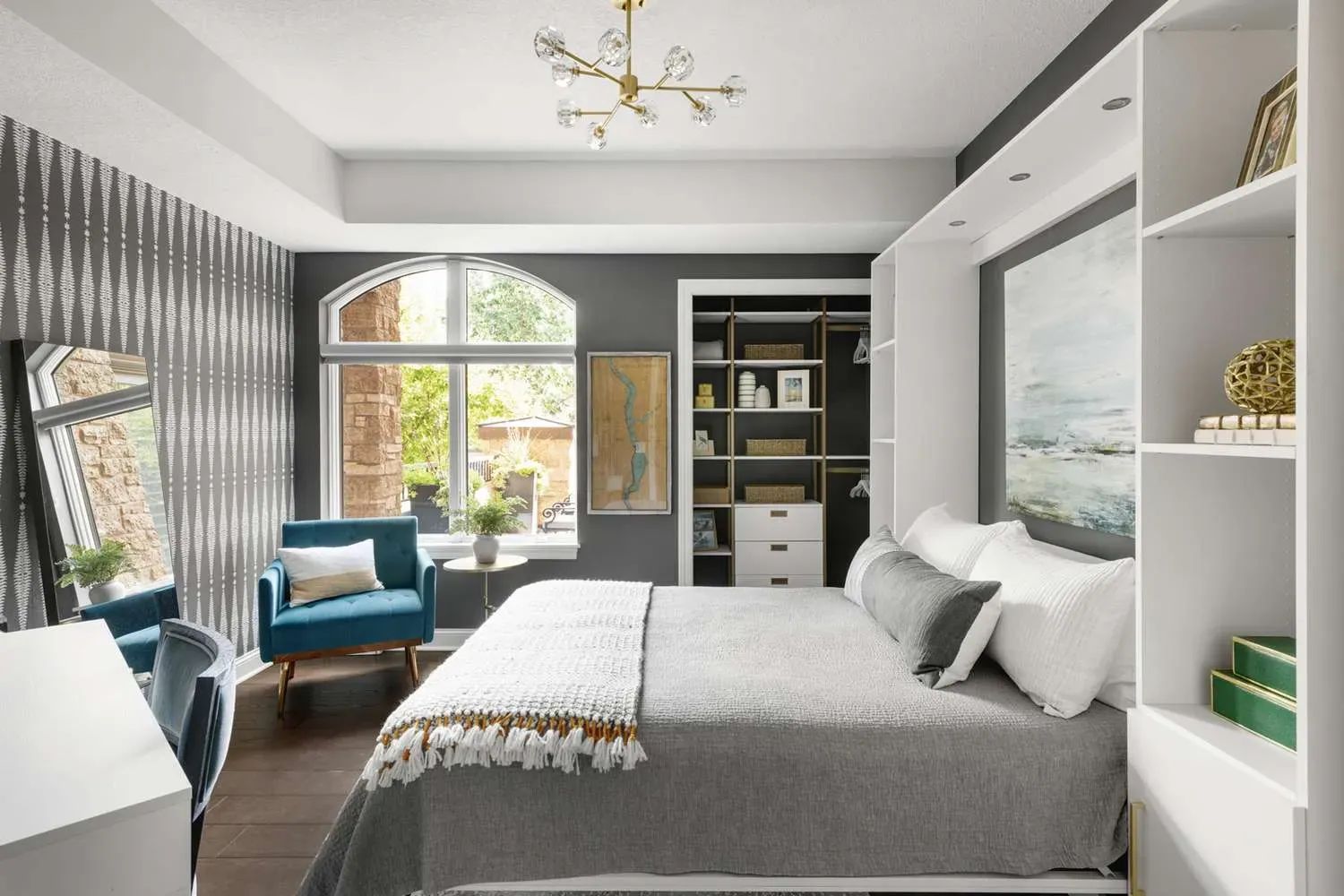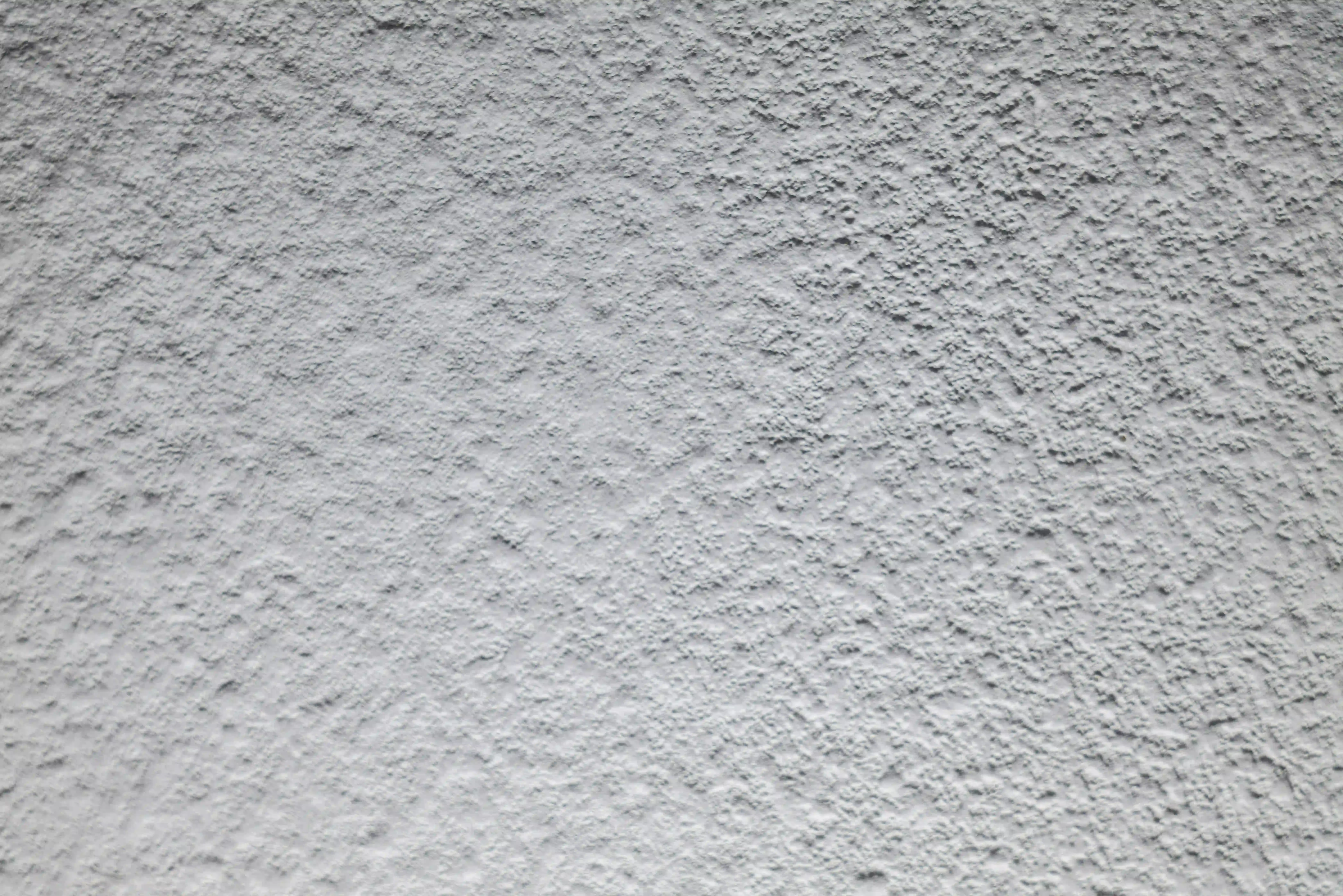Table of Contents
Staring at a blank wall got you feeling a bit… blah? You’re not alone. Sometimes a room just needs that little something extra, a focal point that says, "Yeah, I know what I'm doing." Painting an accent wall is a classic move, but wading through color options can feel like navigating a swamp. If you're looking for something sophisticated, versatile, and undeniably cool, let's talk about accent wall ideas grey.
Why Go Grey? The Appeal of Accent Wall Ideas Grey

Why Go Grey? The Appeal of Accent Wall Ideas Grey
So, you're thinking about an accent wall, but color feels like too much commitment? Enter grey. It's the little black dress of the design world – always appropriate, always chic. When you're exploring accent wall ideas grey offers a sophistication that brighter colors can sometimes scream right past. It doesn't demand all the attention, but it holds its own, providing a calm, grounding backdrop. Unlike beige, which can feel a bit... dusty, grey brings a modern edge without being cold. It’s the perfect neutral workhorse, capable of making vibrant colors pop or letting softer tones breathe. Forget the notion that grey is drab; it's the ultimate chameleon, adapting to industrial lofts, minimalist apartments, or even cozy traditional homes. It sets a mood without dictating the entire vibe, leaving you plenty of room to play with furniture and decor.
Finding Your Perfect Shade: Navigating Grey Accent Wall Ideas

Finding Your Perfect Shade: Navigating Grey Accent Wall Ideas
Undertones Matter, Big Time
Alright, so you're sold on grey for your accent wall. Great. Now comes the slightly tricky part: picking the *right* grey. Walk into any paint store and you'll see walls of grey swatches that look almost identical in the fluorescent light. But trust me, they are not. The biggest trap people fall into is ignoring the undertone. Is that grey leaning blue? Purple? Green? Brown? A grey with a blue undertone can feel cool and crisp, maybe even a little sterile if you're not careful. A green undertone can feel earthy and calming. Purple can add a touch of sophistication but might read a bit moody. Brown undertones make grey feel warmer, almost like greige (grey + beige).
Light is the Ultimate Decider
You can stare at a paint chip all day, but until you see it on your actual wall, in your actual room, with your actual light, you won't know the truth. Natural light changes throughout the day. Artificial light throws its own curveballs – warm LEDs versus cool fluorescents make a huge difference. A grey that looks perfect in the morning sun might look muddy or too cool under evening lamps. This is non-negotiable: get sample pots. Paint decent-sized swatches (at least 1x1 foot) on the wall you plan to accent. Look at them in the morning, afternoon, and evening. See how they interact with your furniture, flooring, and trim color. It feels like an extra step, but it saves you from repainting a whole wall because the grey you picked suddenly looks purple at sunset.
- Always get sample pots. Seriously.
- Paint large swatches on your wall, not just tiny squares.
- Observe the color in different lights throughout the day.
- Compare swatches against your existing furniture and decor.
- Don't rush the decision; live with the swatches for a few days.
Consider Your Room's Personality
Beyond undertones and light, think about the feeling you want the room to have. A deep, charcoal grey accent wall can feel dramatic and intimate, perfect for a bedroom or a cozy reading nook. A pale, almost white grey can make a small room feel larger and brighter, offering a subtle architectural detail. If your room gets a lot of natural light, you can probably pull off a darker grey without it feeling like a cave. If it's a north-facing room with limited light, a lighter or warmer grey might be a better bet to prevent it from feeling cold and dreary. Think about the existing colors too – does the grey need to harmonize with warm wood tones, cool metal finishes, or vibrant textiles? The right grey will pull the room together, not fight with everything else in it.
Bringing it Together: Decorating Around Your Grey Accent Wall

Bringing it Together: Decorating Around Your Grey Accent Wall
Alright, you've picked the perfect shade of grey, wrestled with the sample pots, and now that accent wall is looking sharp. But what about the rest of the room? Don't just slap up whatever you had before. A grey accent wall is a fantastic anchor, but it needs friends to really shine. Think of it as the strong, silent type in the room – it provides stability, but the other elements bring the personality. You can go bold with color pops, like a vibrant yellow armchair or some emerald green throw pillows. Or, lean into the sophisticated vibe with layered textures in neutral tones – think chunky knit blankets, velvet cushions, and perhaps a jute rug. Metallic accents, like brushed brass lamps or a chrome floor mirror, look particularly slick against grey. The key is to create balance; the grey wall provides the calm, and your decor adds the energy and visual interest. Don't be afraid to mix and match finishes and materials.
Beyond the Paint Can: Creative Accent Wall Treatments in Grey
so maybe painting feels a bit too... simple. Or perhaps you're renting and can't splash paint around like a Jackson Pollock tribute. Good news: your accent wall ideas grey don't stop at a can of Benjamin Moore. You can bring grey into your space with texture and pattern, adding a whole new dimension. Think beyond flat color. Peel-and-stick wallpaper in a subtle grey geometric print, a faux concrete finish that adds industrial grit, or even reclaimed wood panels stained in varying shades of grey can create a dynamic focal point. These options add tactile interest and visual depth that paint alone often can't match. It's about building layers and making the wall feel like an architectural element, not just a painted surface.
Wrapping Up Your Grey Accent Wall Project
So, there you have it. Grey accent walls aren't just a fleeting trend; they're a solid design choice offering incredible flexibility. We’ve talked about how grey can anchor a room, how to pick a shade that doesn't feel like a concrete bunker, and ways to make it work with your existing decor. The key takeaway? Don't just slap grey paint on a wall and call it a day. Think about the light, the mood you want, and how it connects with everything else in the space. With a little planning, your grey accent wall can be the quiet powerhouse your room needed, proving that sometimes, the most impactful statements are made in sophisticated silence.
